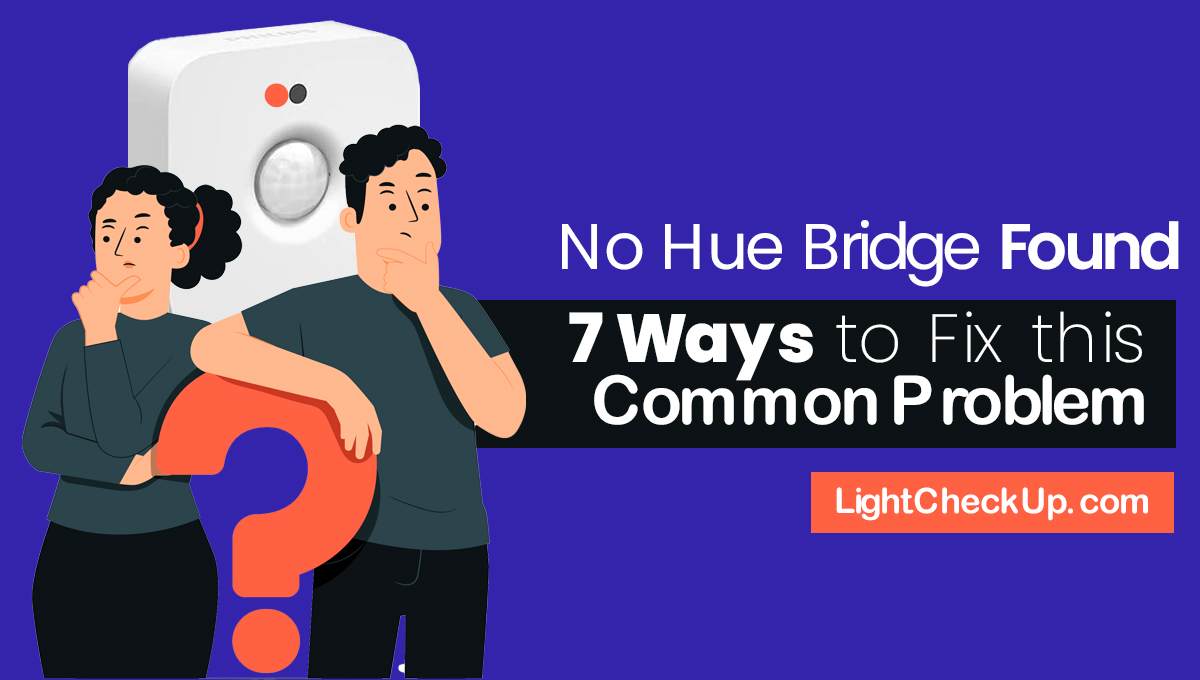Don’t panic if your American Standard furnace acts up. Most common furnace problems are easy to fix yourself. From dirty filters to mysterious flashing lights, this guide’s got you covered.
Before you call the repairman, grab this guide and see if you can solve the problem yourself. You’ll learn how to troubleshoot, what error codes mean, and what to do to keep it working.
Regular air filter replacement is important
The best way to avoid breakdowns with your American Standard furnace is to change the air filter regularly. A clogged air filter obstructs airflow, making your furnace work harder, which could lead to malfunctions.
Locate the filter: It’s usually in a compartment on the side or bottom of the furnace.
Check the filter: Dirty filters look gray or black. Hold it up to the light: if you can’t see through it, it’s time for another one.
Note the size and type: Filters have dimensions and often a MERV rating printed on the side. You need the same size and MERV rating as your system.
Install the updated filter: Ensure the arrows on the filter align with the airflow direction inside the furnace.
Frequency: Replace filters at least every 3 months. Dusty homes or homes with pets may need more frequent changes.
Common American Standard Furnace Problems and Troubleshooting Tips
If your furnace encounters problems, check these simple issues first:
- Make sure the thermostat is set to heat with the current room temperature above the thermostat setting. Verify fresh batteries are installed if it’s battery-powered.
- Reset the furnace breaker if it’s tripped.
- Your furnace should have a power switch near it. Make sure it’s on.
- You can clean a dirty flame sensor yourself with fine-grit sandpaper. If you’re not comfortable doing this, you can call an HVAC pro.
American Standard Furnace Error Codes
Modern American Standard furnaces have diagnostic systems with error codes displayed on the control board. Refer to your owner’s manual for their meanings, but here are some common examples:
- Flashing red light: Usually indicates a critical fault. Refer to your manual for the exact count of flashes and the corresponding issue.
- Code 31: Pressure switch problem, often related to a clogged drain line or vent pipe issue.
- Code 13: Lockout issue. This can be triggered by various issues and might require resetting the furnace by turning the power off and on again.
Troubleshooting specific furnace issues
Furnace Blowing Cold Air
- Check the thermostat settings.
- Replace the air filter.
- Ensure all vents are open and unobstructed.
- Check for tripped circuit breakers or blown fuses.
- Verify that the pilot light is lit (older models) or that the igniter is functional.
Furnace Not Producing Enough Heat
Keep your air filter clean. Make sure your furnace has enough natural gas or propane. Check the ductwork for obstructions.
Furnace Making Strange Noises
- Squealing: Could be a worn-out blower motor belt. You may be able to replace this yourself, but check your warranty before doing so.
- Rattling: Loose panels or ductwork components can rattle. Tighten anything accessible.
- Grinding/Loud humming: Potential motor bearing problems. Call a technician.
Gas odor
Get out of the house immediately. Call the gas company and fire department. Don’t try to fix it yourself.
Know When to Call a Professional
While DIY skills are valuable, prioritize safety and know your limitations. Here’s when professional help is vital:
- Gas leaks
- Electrical issues
- Persistent error codes
- Issues requiring furnace disassembly
- Any problems you’re not comfortable addressing?
How to read a furnace error code?
Modern American Standard furnaces communicate problems with LED lights.
On your furnace, find a small window or opening to see the furnace’s control board.
The LED will flash in a specific pattern. Note the number of flashes, the length of the pauses between them, and whether they are long or short.
Refer to Your Owner’s Manual. Each flash pattern corresponds to an error code listed in your manual. Your owner’s manual is the definitive source for decoding these errors.
What do codes 2, 7, and 3 flash mean on an American Standard furnace?
There’s no universal meaning for furnace error codes. Here’s what you need to do:
Find Your Furnace Model. The exact meaning of any code depends on your American Standard furnace model. Locate the model number on your furnace.
Look Up the Model in Your Manual. Nearly all furnace manuals are also available online as downloadable PDFs.
Search for your furnace model and its manual, then search within the manual for the error code or troubleshooting section.
IMPORTANT: General information on what these codes might mean across brands shouldn’t be considered reliable for American Standard furnaces. Your manual is the only accurate source.
Read Also: Yellow Light Flashing On Furnace: What It Means And How To Fix It
How do I reset my American Standard furnace?
Your furnace will clear minor error codes if you turn it off and on. Here’s how:
Find the switch near your furnace and turn it off, OR trip the circuit breaker controlling the furnace’s circuit. Wait at least 30 seconds. Turn the switch back on or reset the circuit breaker.
Call a pro if a basic reset doesn’t clear the code. If your furnace manual doesn’t have a clear diagnosis, don’t do it.
Read Also; Goodman Furnace Solid Red Light Issue: Steady ON Or LED Flashes [ Fixed ]
In conclusion, while it is possible to troubleshoot and address certain issues with your American Standard furnace yourself, it is important to prioritize safety.
You can’t fix gas leaks, electrical problems, persistent error codes, or furnace disassembly yourself. You should always consult the owner’s manual and hire a qualified HVAC technician.








